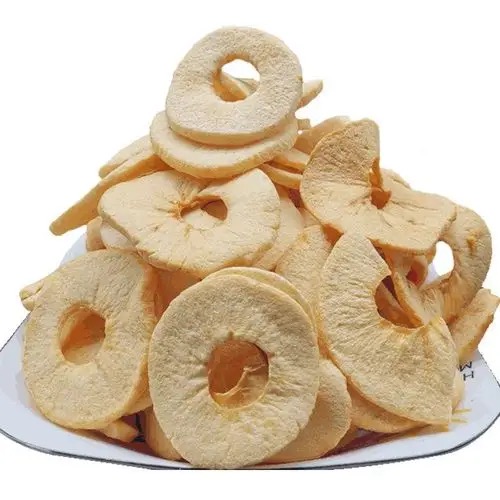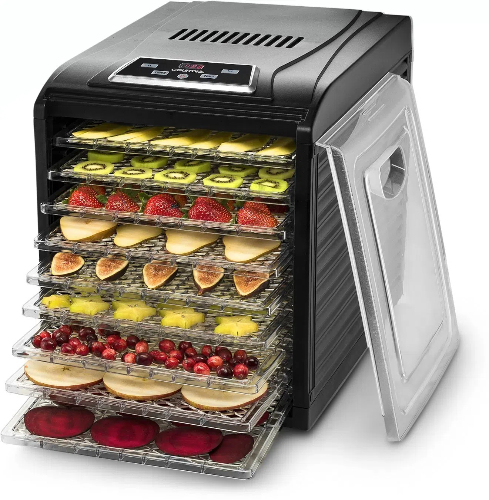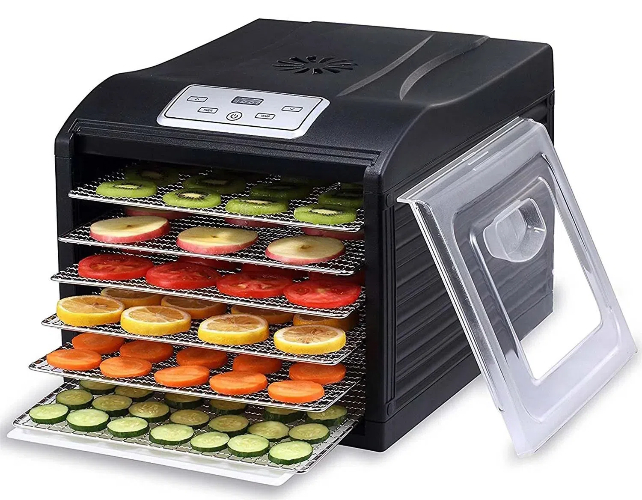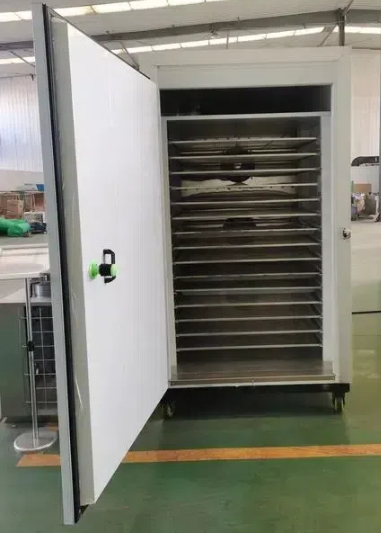
Content Menu
● Introduction
● Understanding Heat Pump Dryers
>> What is a Heat Pump Dryer?
>> How Do Heat Pump Dryers Work?
● Benefits of Using Heat Pump Dryers
● Best Practices for Using Heat Pump Dryers in Cold Conditions
>> 1. Maintain an Optimal Room Temperature
>> 2. Insulate the Drying Area
>> 3. Use an Enclosed Space
>> 4. Optimize Dryer Settings
>> 5. Regular Maintenance
● Conclusion
● Frequently Asked Questions
>> 1. Can heat pump dryers work effectively in very cold temperatures?
>> 2. What is the ideal temperature range for using a heat pump dryer?
>> 3. How can I improve energy efficiency when using a heat pump dryer?
>> 4. Is it necessary to adjust settings when using a heat pump dryer in cold conditions?
>> 5. What types of food are best suited for heat pump drying?
Introduction
Heat pump dryers have revolutionized the way we dry food products, offering energy efficiency and superior drying quality. Particularly in cold environments, optimizing the use of heat pump dryers is essential for achieving the best results. This article will explore best practices for using heat pump dryers in cold conditions, focusing on their functionality, benefits, and specific strategies to enhance their performance in low-temperature settings.

Understanding Heat Pump Dryers
What is a Heat Pump Dryer?
A heat pump dryer utilizes a refrigeration cycle to extract moisture from food products. Unlike conventional dryers that rely on high temperatures to evaporate moisture, heat pump dryers operate at lower temperatures, making them ideal for sensitive food items. This technology not only preserves the nutritional value but also enhances the flavor and color of the dried products.
How Do Heat Pump Dryers Work?
The operation of a heat pump dryer involves several key components:
- Evaporator: Absorbs heat from the surrounding air and evaporates the refrigerant.
- Compressor: Compresses the gaseous refrigerant, increasing its temperature.
- Condenser: Releases heat to the drying chamber, warming the air that passes through it.
- Expansion Valve: Regulates the flow of refrigerant back to the evaporator.
This cycle allows for efficient moisture removal while maintaining a controlled drying environment.
Benefits of Using Heat Pump Dryers
Using heat pump dryers in cold conditions offers several advantages:
- Energy Efficiency: They consume less energy compared to traditional drying methods, making them cost-effective over time.
- Quality Preservation: The low-temperature drying process helps retain the nutritional content and sensory qualities of food.
- Versatility: Suitable for a wide range of food products including fruits, vegetables, and meats.
Best Practices for Using Heat Pump Dryers in Cold Conditions
1. Maintain an Optimal Room Temperature
To ensure effective operation, it is crucial to keep the room where the heat pump dryer is located warm. Ideally, the ambient temperature should be above 10°C (50°F). If necessary, consider using space heaters or insulation techniques to maintain warmth.
2. Insulate the Drying Area
Proper insulation can significantly enhance dryer performance by reducing heat loss. Insulating walls, floors, and windows helps maintain a stable temperature around the dryer, allowing it to operate efficiently even in cold conditions.
3. Use an Enclosed Space
Placing the heat pump dryer in a small enclosed area can create a microclimate that traps heat. This setup minimizes heat dispersion and maintains higher ambient temperatures around the dryer.

4. Optimize Dryer Settings
Adjusting settings based on environmental conditions is vital. When operating in colder conditions:
- Select appropriate drying programs tailored for low temperatures.
- Reduce load sizes to enhance airflow and drying efficiency.
- Avoid overloading to prevent strain on the dryer's components.
5. Regular Maintenance
Routine maintenance is essential for optimal performance:
- Clean lint filters frequently to ensure unrestricted airflow.
- Schedule professional inspections to address any potential issues before they escalate.
Conclusion
Heat pump dryers are an excellent choice for drying food products, especially in cold environments. By following best practices such as maintaining optimal temperatures, insulating drying areas, using enclosed spaces, optimizing settings, and conducting regular maintenance, users can maximize efficiency and preserve product quality. Embracing these strategies ensures that your heat pump dryer operates effectively even in challenging conditions.

Frequently Asked Questions
1. Can heat pump dryers work effectively in very cold temperatures?
Yes, heat pump dryers can operate effectively in cold temperatures but require proper insulation and maintenance to optimize their performance.
2. What is the ideal temperature range for using a heat pump dryer?
The ideal temperature range for optimal performance is typically between 10°C (50°F) and 30°C (86°F).
3. How can I improve energy efficiency when using a heat pump dryer?
Improving energy efficiency can be achieved by insulating the drying area, maintaining optimal room temperatures, and regularly servicing the dryer.
4. Is it necessary to adjust settings when using a heat pump dryer in cold conditions?
Yes, adjusting settings such as load size and drying programs is important to enhance efficiency when operating in colder environments.
5. What types of food are best suited for heat pump drying?
Heat pump dryers are suitable for various food types including fruits, vegetables, herbs, meats, and dairy products due to their gentle drying process that preserves quality.












